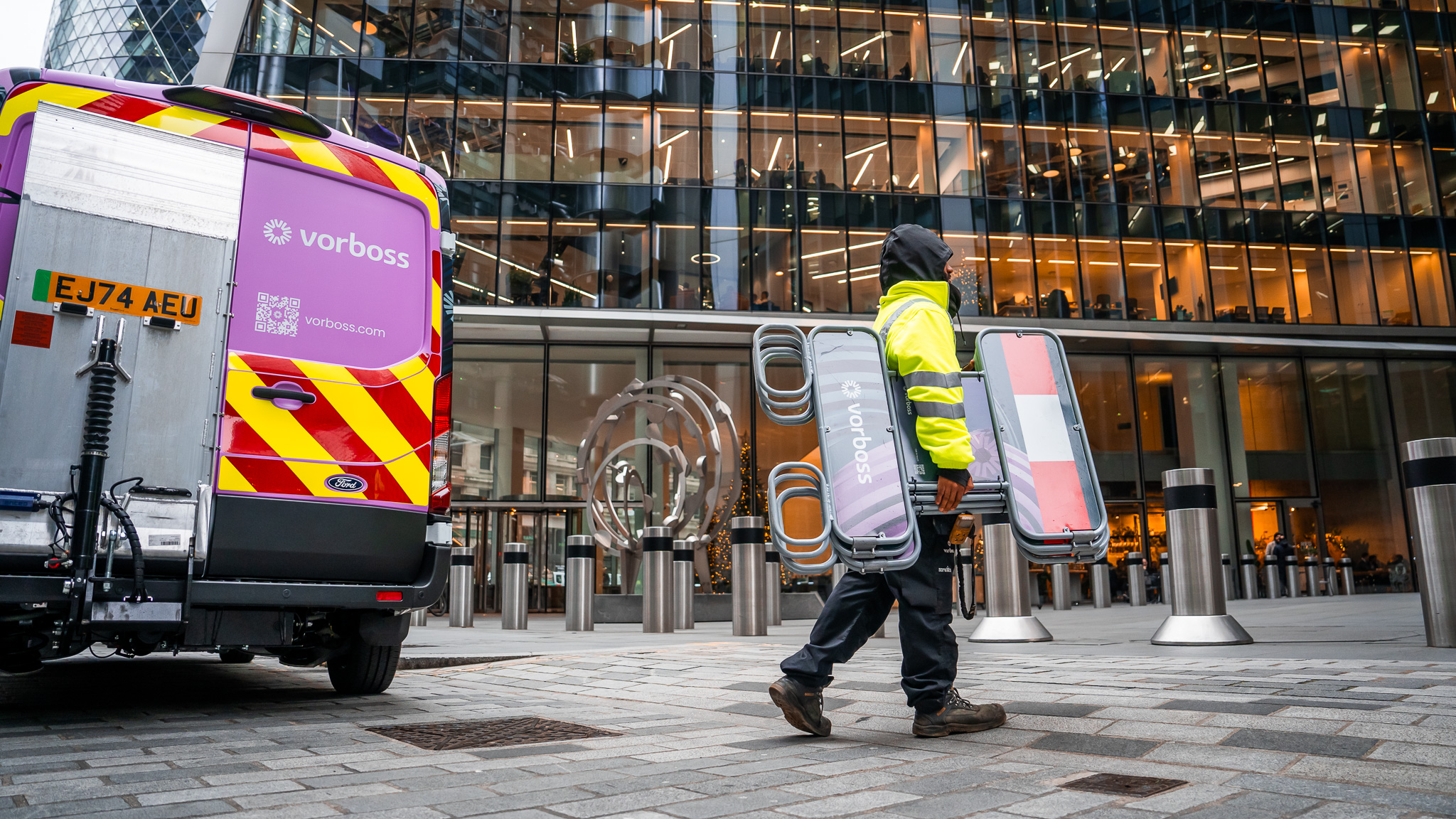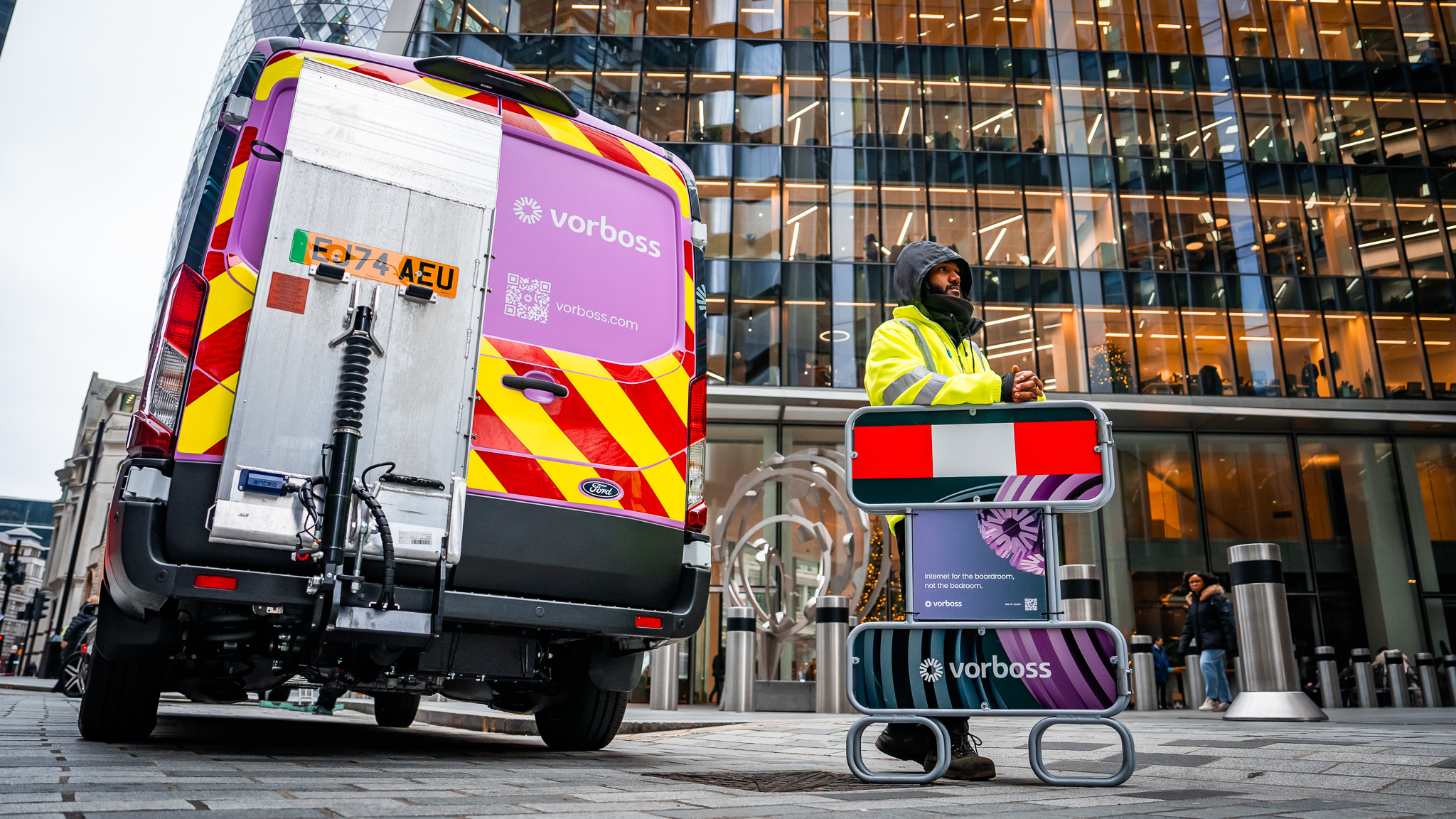Finding the best internet provider for your business: how to make the smartest choice
September 5, 2025
|
4
min read
.avif)
Highlights
When choosing business internet, it’s not just about speed. Look for ISPs with reliable service, dedicated infrastructure, and strong support. This guide will help you understand connection types, compare providers, and ask the right questions to make an informed choice.
Internet connectivity is the lifeblood of modern businesses, powering operations, communication, and growth. But not all “fibre” connections are created equal.
All connections use fibre at some level, but performance, reliability, and guarantees vary depending on the underlying network. Choosing the right type of connection now can save downtime, frustration, and cost in the future.
In this guide, we'll explore key factors when selecting the ideal business internet provider to keep you connected and thriving.

Understand the connection types
Here’s a quick comparison of the three main fibre-based connections available to businesses:
FTTC and FTTP may work for small teams or low-risk work, but DIA is the only connection built for business-critical reliability, speed, and consistent performance.
Ask yourself these questions
Before comparing providers, clarify your internal needs:
- How critical is uptime for your business operations?
- Which teams rely heavily on cloud apps, video conferencing, or large file transfers?
- How much bandwidth do we need now, and how much will we need in 2–5 years?
- Are upload speeds as important as download speeds for our workflows?
- Would temporary downtime cause financial or reputational damage?
This self-assessment helps you match connection types to your business requirements.
Questions to ask your ISP
Once you know your needs, use these questions when evaluating providers:
Network & infrastructure
- Do you provide dedicated or shared connections?
- Do you use your own network or resell legacy infrastructure?
- Is the fibre connection truly end-to-end, or does it rely on copper for part of the route?
- Are there data caps or throttling policies?
- Do you offer backup or diverse lines to reduce downtime risk?
Pro tip: Choosing an ISP with a dedicated, full-fibre network and backup lines minimises downtime, ensures consistent speeds, and protects your business from costly disruptions.
Service & contracts
- How long will installation take, and what’s the onboarding process?
- What’s included in pricing (installation fees, equipment, taxes)?
- How long is the contract, and are there flexible or scalable options?
- What compensation do you offer if the SLA isn’t met?
Pro tip: Transparent contracts and efficient onboarding reduce unexpected costs, allow your business to scale without hassle, and ensure you’re compensated if service levels aren’t met.
Support & people
- Will we have a dedicated account manager that's based locally, or a general support line?
- How quickly are faults resolved?
- Do you proactively communicate maintenance or service issues?
- Do you provide in-house support for negotiating wayleaves and site access?
Pro tip: Local support with a dedicated account manager and in-house wayleaves team ensures issues are resolved faster, speeds up the installation process and reduces internal disruption.

Choosing the right connection
FTTC:
- Suitable for residential use.
- Shared copper lines can cause slowdowns and fluctuating performance.
FTTP (often advertised as 'business broadband'):
- Full fibre to your building, but still shared.
- Suitable as a stepping stone for micro businesses or early-stage start-ups.
- Speeds can drop at peak times; uptime guarantees are limited.
DIA / Leased Line:
- Dedicated fibre for your business.
- True symmetrical speeds, SLA-backed uptime, and no sharing.
- Ideal for cloud-heavy workflows, creative agencies, finance, hybrid teams, and businesses that cannot tolerate downtime.

Comparing business internet providers: key factors
Final checklist
Before committing, make sure your provider can offer:
- Dedicated fibre network
- Transparent contracts with clear SLAs
- Scalability for future growth
- Responsive, in-house support
- Backup or diverse network routes
Tell us about yourself so we can serve you best.
Got a question?
Data caps are limits on the amount of data your business can use each month. Throttling policies slow your connection once you hit those limits. Both can impact performance, especially if your team relies on cloud apps, video calls, or large file transfers. Business-grade connections like DIA usually have no data caps and no throttling, ensuring consistent performance.
Ultimately, business broadband is almost always re-purposed residential grade connectivity. That likely means fluctuating speeds throughout the day, a shared line between you and up to 32 others, and inferior SLAs.
Dedicated internet (also known as leased line or direct internet access) typically provides much faster, super reliable symmetrical speeds. For example, Vorboss provides 100Gbps business internet speeds for upload and download, which is helping to future-proof London businesses.
A dedicated business network provides a connection exclusively for your organisation, rather than sharing bandwidth with other users. This guarantees consistent speeds, symmetrical upload/download rates, and improved reliability compared with shared broadband connections.
For SMEs relying on cloud tools, video conferencing, and real-time collaboration, a dedicated connection like DIA/leased line offers the fastest, most reliable performance.
Full fibre connections are ideal. If you need guaranteed speeds, reliability, and minimal downtime, Direct Internet Access (DIA) or a leased line is best. FTTP can be sufficient for smaller teams but may be shared with other users, affecting performance during peak hours.
Look for providers that are dedicated to business customers, operate their own infrastructure, and offer robust SLAs. Providers like Vorboss, for example, deliver dedicated connections, proactive support, and in-house wayleaves teams to streamline installation, helping SMEs avoid downtime and connectivity issues.
A service that matches your business needs in terms of speed, reliability, and support. DIA/leased lines provide guaranteed bandwidth, symmetrical speeds, and strong SLAs, making them ideal for businesses with high data demands. For smaller teams with lighter usage, FTTP is often a cost-effective option.
Check your provider’s plan documents or welcome email – it often states FTTC or FTTP.
Ask your provider directly – they can confirm whether your line is full fibre (FTTP) or fibre to the cabinet (FTTC).
Knowing which connection you have matters because FTTC and FTTP have very different speeds, reliability, and suitability for business workloads.
More articles

For many landlords and building managers, the word “wayleave” feels like the responsible route whenever a fibre circuit is being installed on their property. It sounds formal and safe – a neat legal box to tick.
In many cases, however, a wayleave adds unnecessary complexity and delays, frustrates tenants, and can expose landlords to long-term legal risks.
At Vorboss, we’ve connected thousands of office spaces across London without a wayleave, keeping landlords in full control and getting tenants online faster.

What is a wayleave?
A wayleave is a written agreement between a landowner and a telecoms operator. It gives the operator permission to install and keep equipment on private property.
What many people don’t realise is that signing a wayleave also activates “Code rights” under the Electronic Communications Code. These rights go beyond simple permission, they give the operator legal powers to stay on the property indefinitely, access it when needed, and even refuse removal of their equipment in certain situations.
For a typical connection into a commercial building in London, a wayleave can make the fibre installation process slower, more expensive, and limit the landlord’s flexibility long term.
Why a wayleave isn’t required for standard in-building fibre connections
For a standard in-building fibre connection serving a tenant, a wayleave isn’t a legal requirement. Important protections, like building access, fire safety, repairing any damage, and removing equipment, are already covered by the tenant’s lease and usual building rules.
If no wayleave is signed, no Code rights are triggered, meaning the landlord retains full control and the installation exists under a simple, fully revocable licence.
In practice, this gives landlords far more protection and flexibility:
- No legal lock-in – the telecoms operator has no long-term rights to stay or refuse removal.
- Landlords keep full control – equipment can be moved or removed when the building changes.
- Faster fibre installation – no time lost in drafting contracts or solicitor reviews.
- Happier tenants – connections go live quicker; tenants get to move in faster.
By contrast, signing a wayleave and granting Code rights introduces a complex and expensive legal process for any fibre removal or relocation. This can take at least 18 months, plus potential court or tribunal proceedings, making it slower, and far less flexible for the landlord.

Public services across central London are evolving, and the City of London Corporation is leading the way.
Whether you work, live or study in the Square Mile, you’ll soon feel the difference that faster, more dependable connectivity brings.

What is the Future Network Programme?
The City of London Corporation is rolling out the Future Network Programme, a major project to modernise its entire digital infrastructure and bring everything under one unified network.
From offices and schools to iconic green spaces like Hampstead Heath, cultural destinations like the Barbican, and historic markets such as Leadenhall and Old Spitalfields, this upgrade will mean more reliable connectivity across the City’s buildings and public spaces.
It also extends to essential services, including critical sites run by the City of London Police. This enhanced connectivity will support everything from secure communication systems to faster, more resilient networks for emergency operations.
Leading this transformation is Roc Technologies, supported by Juniper Networks and Palo Alto Networks; all powered by the Vorboss fibre network. Together, we’re bringing the City onto a modern digital foundation that’s ready to support its future.
Who the Future Network Programme benefits and how?
The programme is designed for everyone who depends on public services in the Square Mile:
- Students in City-run schools will have fast, reliable connectivity to fully access digital learning tools.
- Public-sector teams will experience smoother hybrid working, better access to online platforms, and more efficient collaboration across locations.
- Residents and visitors will see improvements in public Wi-Fi, digital services, and online access in libraries, community hubs, and other shared spaces.
- The City of London Police will gain a more secure, faster and resilient network that enhances CCTV reliability and enables more effective frontline operations.

.avif)

.avif)

